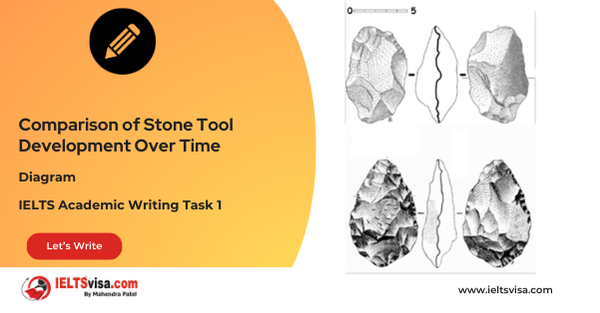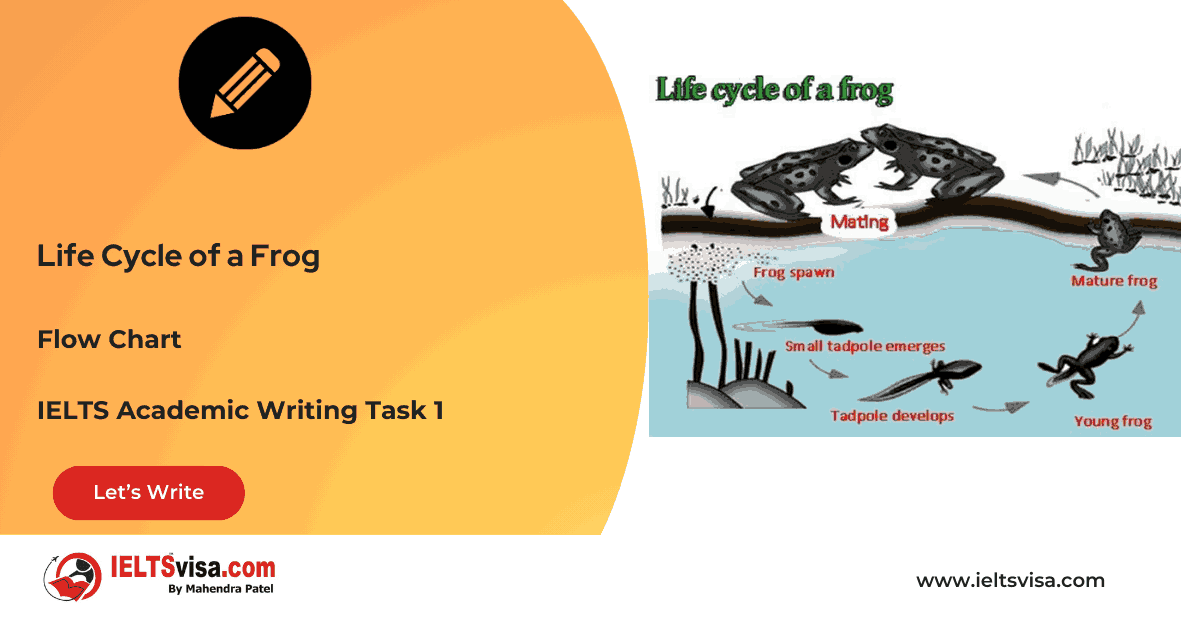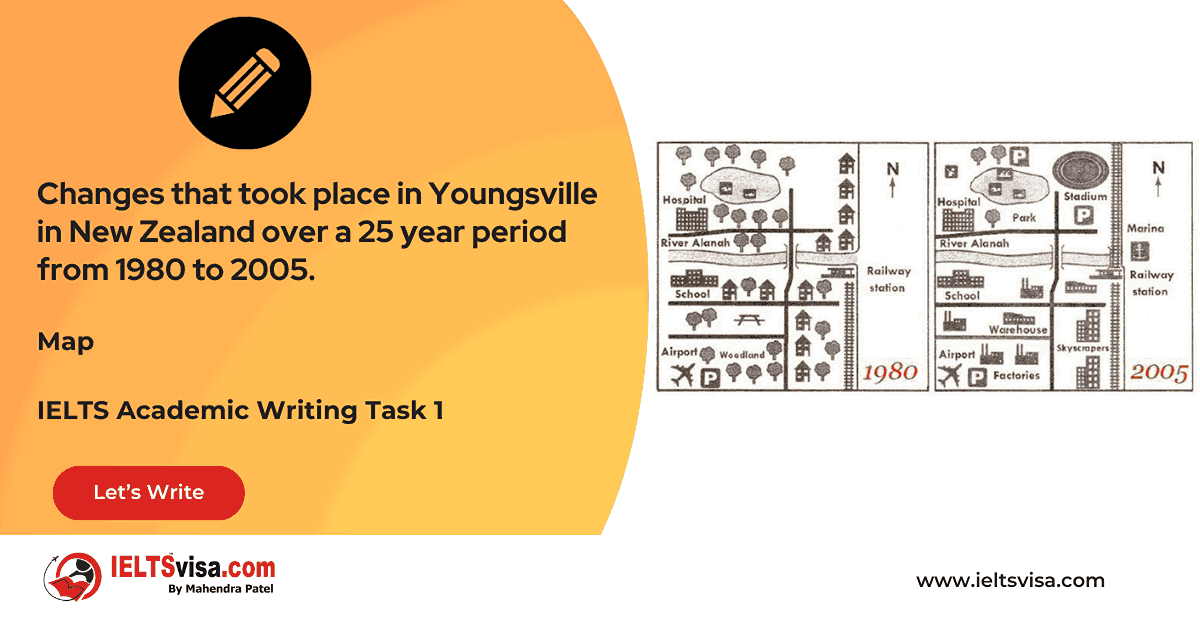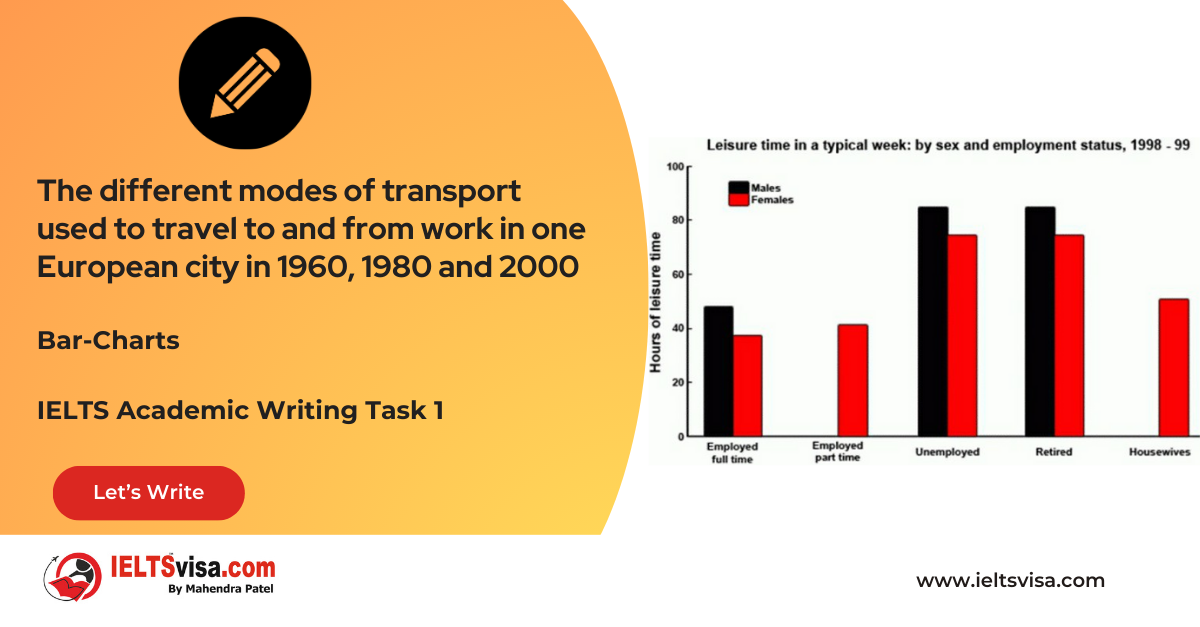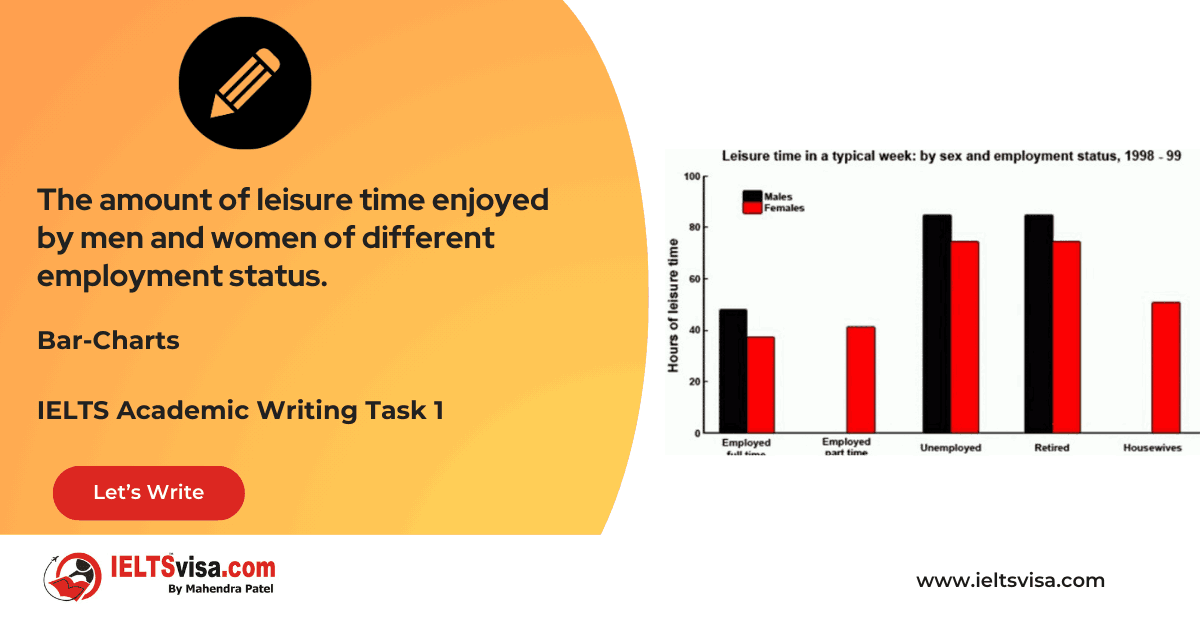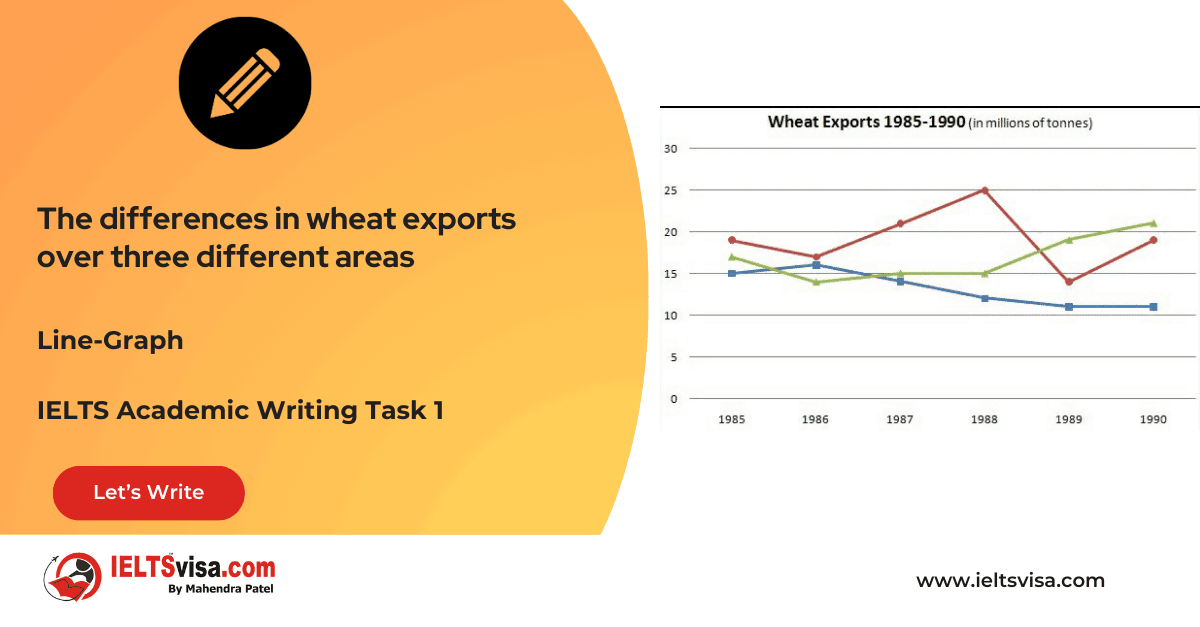Describing Striking Features and Trends
Cohesion and CoherenceIELTS Academic Writing Task 1

In the IELTS Academic Writing Task 1, describing striking features such as changes and trends in the given visual data is essential to demonstrate your analytical skills. It allows you to highlight significant shifts, increases, decreases, and patterns in the information provided. In this article, we will explore strategies to effectively describe these striking features, along with examples and answers to help you excel in this aspect of Task 1.
Why Describing Striking Features and Trends Matters
Describing striking features and trends is crucial in Task 1 because it showcases your ability to analyze and interpret data accurately. You demonstrate a deeper understanding of the information presented by identifying and discussing notable changes, increases, decreases, or patterns. This helps the examiner assess your analytical skills and ability to convey information coherently and effectively.
Strategies for Describing Striking Features and Trends
1. Identify Significant Changes:
Carefully examine the visual data and identify any noteworthy changes, increases, or decreases. Look for data points that deviate from the overall pattern or show significant shifts over time or between categories.
2. Use Appropriate Vocabulary:
Use a wide range of vocabulary to accurately describe changes and trends. Here are some useful terms and phrases to describe increases, decreases, and patterns:
• Increase: rise, surge, grow, climb, jump, spike, soar, upward trend
• Decrease: decline, drop, fall, plummet, reduce, dip, downward trend
• Patterns: steady, consistent, fluctuating, stable, gradual, significant, dramatic
Vocabulary for Describing Striking Features and Trends (Link to a webpage)
3. Support with Specific Data:
Back up your descriptions with specific data or figures from the visual information. Mention actual percentages, numbers, or units to provide evidence and credibility to your statements. This adds clarity and precision to your analysis.
4. Use Comparative Language:
Comparisons can help emphasize the striking features or trends in the data. Compare different categories, time periods, or groups to highlight notable differences or similarities. This enhances the clarity and impact of your description.
Examples and Answers
To illustrate these strategies, let’s consider a sample question and a model answer that effectively describes the striking features and trends in the visual data.
Question:
The line graph below shows the average monthly temperatures in a city from January to December over a five-year period.
[Insert Line Graph]
Model Answer:
The line graph illustrates the average monthly temperatures in a city from January to December over a five-year period.
Overall, the graph reveals a clear pattern of seasonal variation in the city’s temperature, with notable increases and decreases throughout the year.
One striking feature is the significant increase in temperatures from January to July. In January, the average temperature stands at around 5 degrees Celsius, but it steadily rises to approximately 25 degrees Celsius in July, indicating a substantial increase of 20 degrees over the six-month period.
Following the peak in July, the graph shows a gradual decline in temperatures until December. From July to December, there is a noticeable decrease of around 15 degrees Celsius. This demonstrates the city’s transition from the warm summer season to the colder winter months.
Moreover, the graph also displays a consistent pattern of fluctuation in temperatures during the rest of the year. Although there are minor increases and decreases, the overall trend remains stable, with temperatures ranging between 10 to 20 degrees Celsius.
In conclusion, the line graph depicts the city’s average monthly temperatures over a five-year period. The data showcases a distinct pattern of seasonal variation, with a significant increase in temperatures from January to July, followed by a gradual decrease from July to December. Understanding these striking features and trends provides valuable insights into the climate patterns of the city.
By following the strategies outlined above, this model answer effectively describes the striking features and trends in the given visual data. It highlights the significant increases and decreases in temperatures over specific time periods and provides supporting data to reinforce the descriptions. The answer also utilizes comparative language and a range of vocabulary to convey the observations accurately and coherently.
Mastering the skill of describing striking features and trends in IELTS Academic Writing Task 1 will significantly enhance the coherence and effectiveness of your response. Practice identifying and analyzing changes and patterns in various types of visual data, and use appropriate vocabulary to describe them accurately. Remember to support your descriptions with specific data and use comparative language effectively. With consistent practice, you will confidently describe striking features and trends, thereby achieving success in the IELTS exam.








Our Books
Master IELTS Speaking Part 1
IELTS Writing Task 1 Book
IELTS Writing Task 2 Book
Practice IELTS Other Modules
IELTS Listening
The IELTS Listening test assesses how well you can understand spoken English in various contexts. It lasts about 30 minutes and is divided into four sections with a total of 40 questions. The listening tasks become increasingly difficult as the test progresses.
IELTS Academic Reading
The IELTS Academic Reading section assesses your ability to understand and interpret a variety of texts in academic settings. It is designed to evaluate a range of reading skills, including skimming for gist, reading for main ideas, reading for detail, understanding inferences, and recognizing a writer's opinions and arguments.
IELTS Speaking
The IELTS Speaking test assesses your ability to communicate in English on everyday topics. It lasts 11-14 minutes and consists of three parts: introduction, cue card, and a discussion based on the cue card topic.
IELTS General Reading
IELTS General Reading tests your ability to understand and interpret various types of texts. Here are some key areas and types of content you can expect to encounter in the reading section, along with tips for effective preparation.
IELTS Academic Writing Task 1
In IELTS Academic Writing Task 1, you are presented with a visual representation of information, such as graphs, charts, tables, or diagrams, and you are required to summarize, compare, or explain the data in your own words.
IELTS General Writing Task 1
In IELTS General Writing Task 1, you are required to write a letter based on a given situation. The letter can be formal, semi-formal, or informal, depending on the prompt. Here’s a breakdown of the key components to include in your letter
IELTS Academic Writing Task 2
In IELTS Academic Writing Task 2, you are required to write an essay in response to a question or topic. Here’s a guide to help you understand the essential elements of this task
IELTS Exam Tips
To succeed in the IELTS exam, practice regularly, familiarize yourself with the test format, improve your vocabulary, develop time management skills, and take mock tests to build confidence.
Grammer for IELTS
Grammar is the foundation of effective communication in English. Understanding tense usage, subject-verb agreement, and sentence structure enhances clarity and coherence in writing and speaking.
Vocabulary for IELTS
Vocabulary plays a crucial role in the IELTS (International English Language Testing System) exam, especially in the Speaking and Writing sections. Here’s an overview of why vocabulary is important and how it impacts your performance
RECENT IELTS SAMPLES QUESTIONS AND ANSWERS
Task 1 – Diagram – Comparison of Stone Tool Development Over Time
20:00 Start Pause Stop [df_adh_heading title_infix="IELTS Writing Task 1 Question" use_divider="on"...
Task 1 – Flow chart -Life Cycle of a Frog
20:00 Start Pause Stop [df_adh_heading title_infix="IELTS Writing Task 1 Question" use_divider="on"...
Task 1 – Flow chart -The process that is used to manufacture bricks for the building industry.
20:00 Start Pause Stop [df_adh_heading title_infix="IELTS Writing Task 1 Question" use_divider="on"...
Task 1 – Map – Changes that took place in Youngsville in New Zealand over a 25 year period from 1980 to 2005.
20:00 Start Pause Stop [df_adh_heading title_infix="IELTS Writing Task 1 Question" use_divider="on"...
Task 1 – Pie Chart – The average household expenditures in Japan and Malaysia in the year 2010
20:00 Start Pause Stop [df_adh_heading title_infix="IELTS Writing Task 1 Question" use_divider="on"...
Task 1 – Bar Graph – The different modes of transport used to travel to and from work in one European city in 1960, 1980 and 2000
20:00 Start Pause Stop [df_adh_heading title_infix="IELTS Writing Task 1 Question" use_divider="on"...
Task 1 – Bar Graph – The amount of leisure time enjoyed by men and women of different employment status
20:00 Start Pause Stop [df_adh_heading title_infix="IELTS Writing Task 1 Question" use_divider="on"...
Task 1 – Line Graph – The differences in wheat exports over three different areas
20:00 Start Pause Stop [df_adh_heading title_infix="IELTS Writing Task 1 Question" use_divider="on"...
Task 1 – Diagram – The current ground floor plan of a museum and the proposed changes to its layout
20:00 Start Pause Stop [df_adh_heading title_infix="IELTS Writing Task 1 Question" use_divider="on"...

